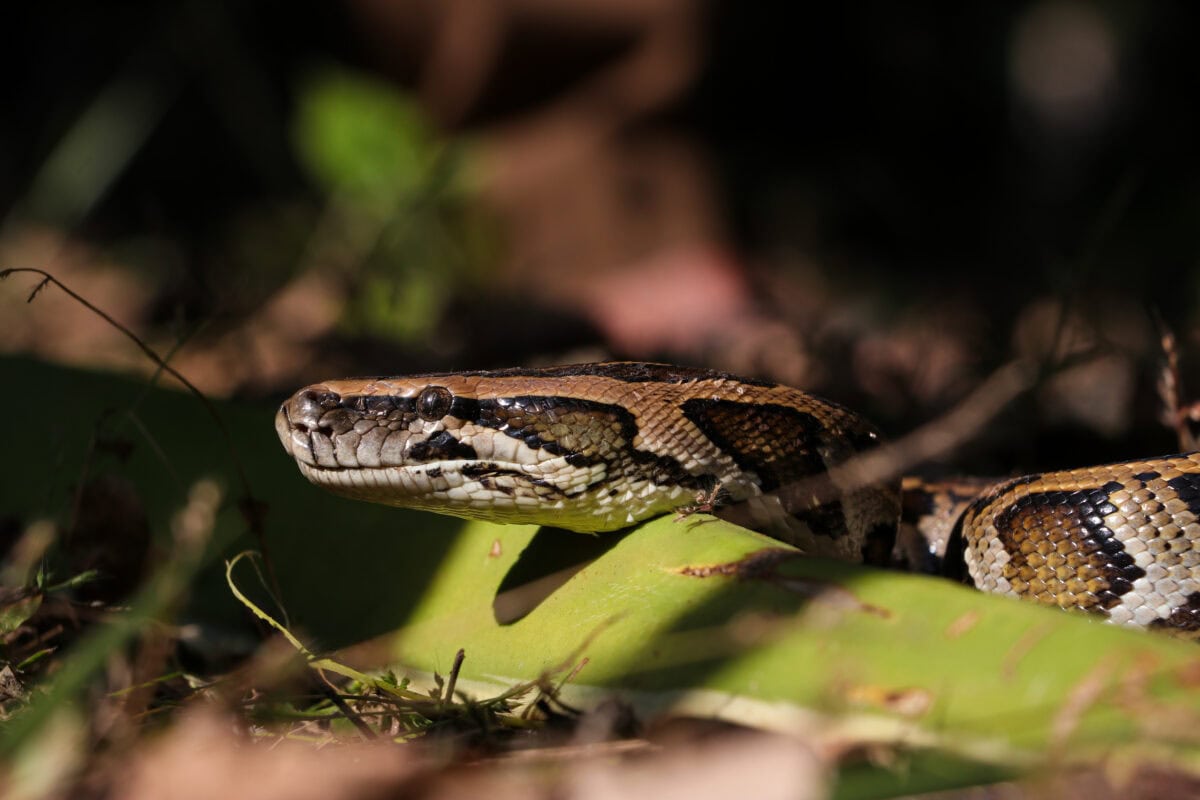The Florida Everglades stands as one of America’s most unique and biodiverse ecosystems—a river of grass flowing slowly from Lake Okeechobee to Florida Bay. This remarkable wetland encompasses 1.5 million acres of sawgrass marshes, mangrove forests, and cypress swamps, creating a mosaic of habitats that support an incredible array of wildlife. From iconic apex predators to tiny invertebrates, the Everglades hosts a complex web of life found nowhere else on Earth. Many of these species have adapted specifically to the Everglades’ distinctive conditions—its seasonal water fluctuations, subtropical climate, and diverse vegetation patterns. Today, despite facing challenges from habitat loss, invasive species, and climate change, the Everglades remains a vital sanctuary for countless native animals. Let’s explore some of the most fascinating creatures that call this “River of Grass” home, understanding their unique adaptations and the critical role they play in this fragile ecosystem.
American Alligator: The Keystone Species
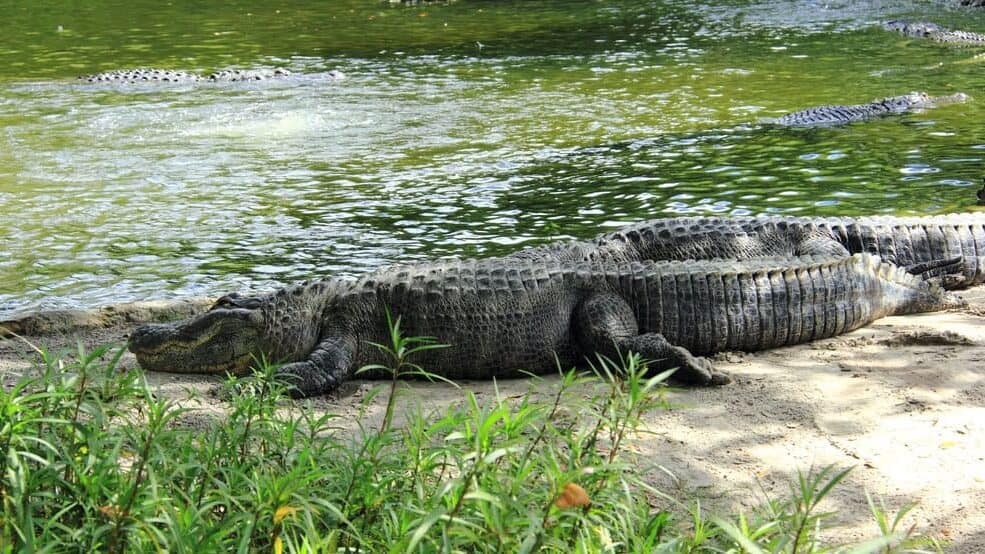
The American alligator (Alligator mississippiensis) reigns as perhaps the most iconic inhabitant of the Everglades. Growing up to 15 feet long and weighing up to 1,000 pounds, these ancient reptiles have inhabited the region for millions of years. As apex predators, alligators maintain ecological balance by controlling populations of smaller animals while creating “alligator holes”—depressions that retain water during dry seasons and provide refuge for fish, turtles, and wading birds.
What makes alligators true ecosystem engineers is their nesting behavior. Female alligators build mounds of vegetation that decompose and provide warmth for their eggs. After abandonment, these mounds become fertile islands where plant life flourishes, creating microhabitats for countless other species. Despite once being endangered, conservation efforts have helped alligator populations recover, though they still face threats from habitat loss and human encroachment. Their survival remains crucial to the health of the entire Everglades ecosystem.
Florida Panther: The Endangered Predator
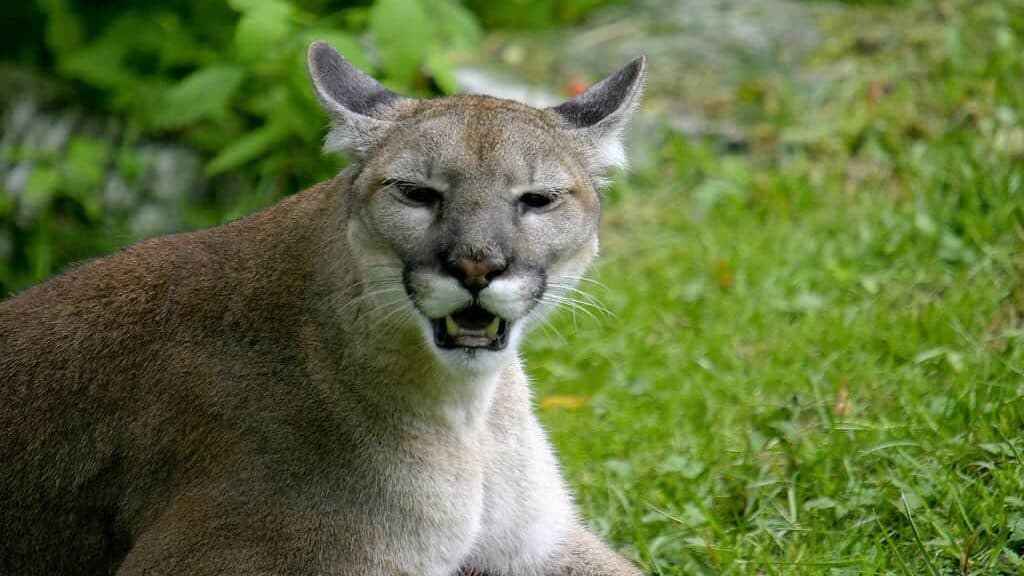
The Florida panther (Puma concolor coryi) represents one of the most endangered mammals in North America, with only an estimated 120-230 adults remaining in the wild. These magnificent big cats once roamed throughout the southeastern United States but are now restricted primarily to the southwestern portion of the Everglades ecosystem. With tawny fur and males weighing up to 160 pounds, Florida panthers require vast territories—up to 200 square miles for a single male—to hunt prey like white-tailed deer and wild hogs.
Habitat fragmentation poses the greatest threat to panther survival, as roads and development cut through their territory, leading to deadly vehicle collisions and genetic isolation. Conservation efforts have included wildlife underpasses along highways and the introduction of Texas cougars to address genetic bottlenecks in the 1990s. These measures have helped the population slowly recover from a low of just 20-30 individuals in the 1970s. Today, every panther sighting represents hope for this subspecies that serves as both a flagship species for Everglades conservation and a reminder of what could be lost without continued protection.
American Crocodile: The Saltwater Specialist
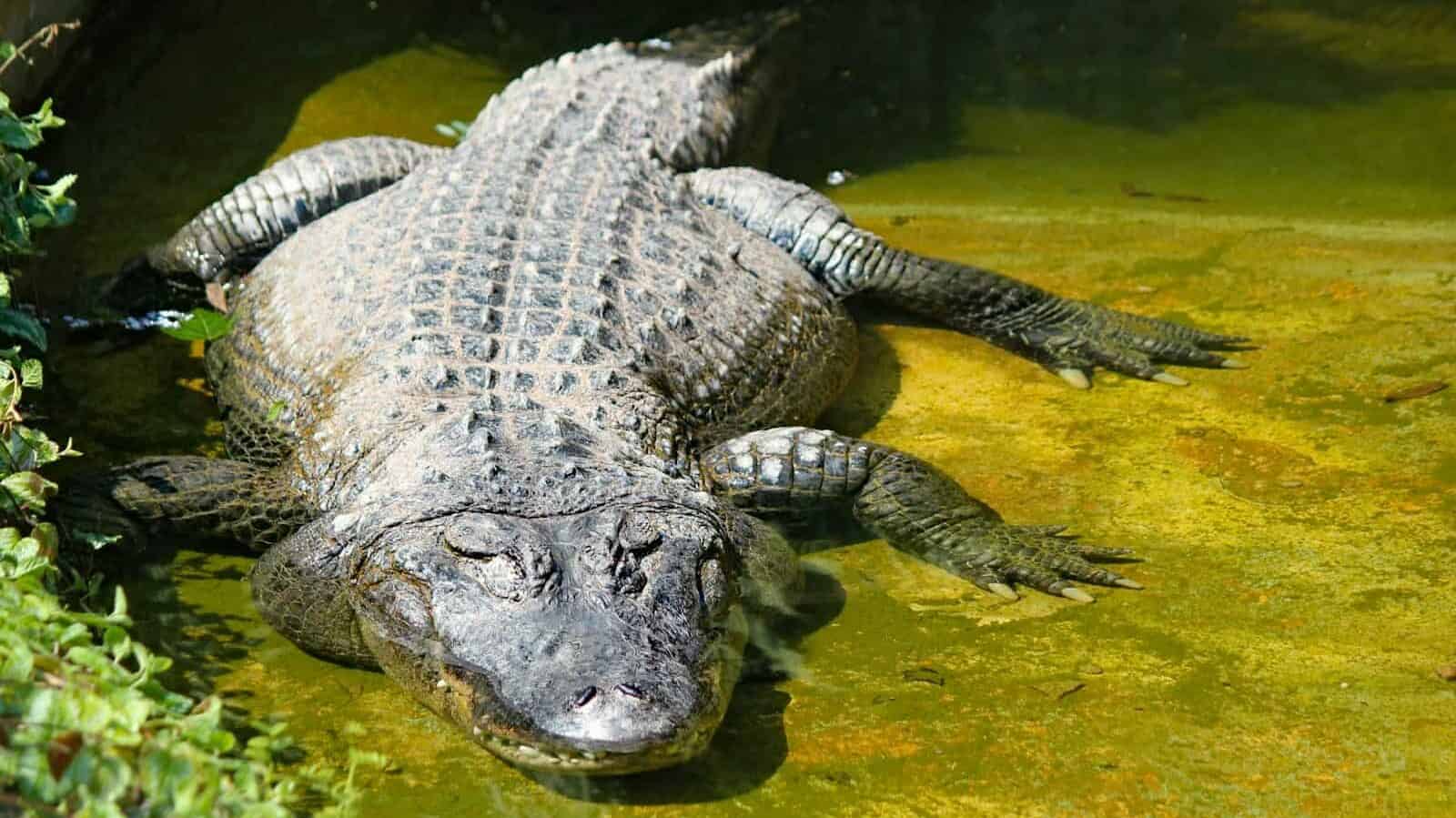
While alligators dominate the freshwater portions of the Everglades, the American crocodile (Crocodylus acutus) inhabits the southern coastal areas where fresh water meets the sea. Distinguished from alligators by their narrower snouts and visible lower teeth when their mouths are closed, these reptiles can grow to nearly 20 feet long. American crocodiles possess special glands that allow them to excrete excess salt, enabling them to thrive in brackish and saltwater environments where alligators cannot survive.
Once on the brink of extinction with fewer than 300 individuals in the 1970s, American crocodiles have made a remarkable recovery. Today, over 2,000 crocodiles inhabit south Florida, with the majority found in the mangrove-lined shores and shallow bays of the Everglades. Conservation efforts, including the protection of nesting sites and habitat restoration, have helped upgrade their status from endangered to threatened. The Everglades remains one of the only places in the world where alligators and crocodiles coexist, making it a globally significant habitat for crocodilian conservation.
Wood Stork: The Tactile Hunter
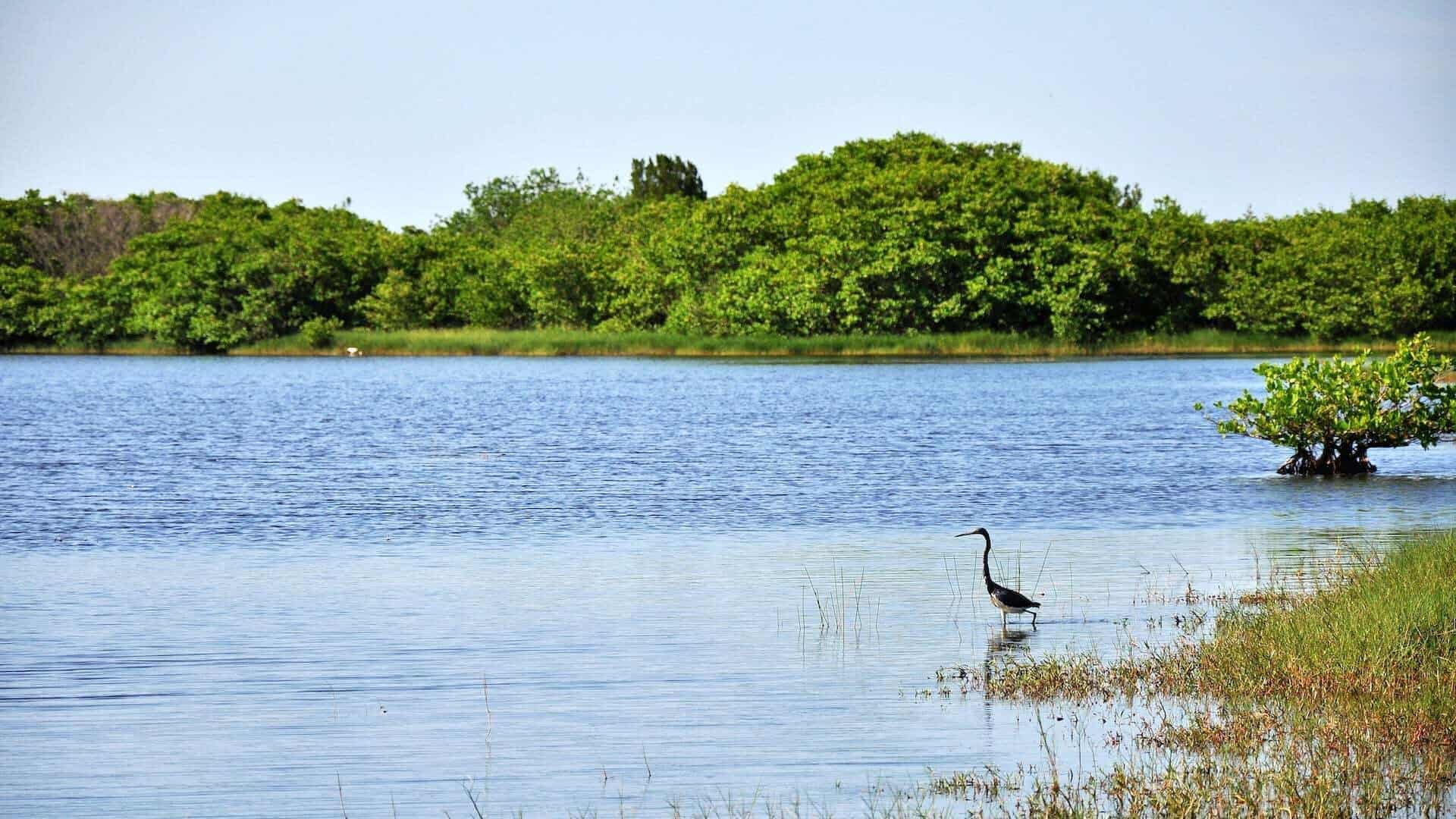
The wood stork (Mycteria americana), with its distinctive bald head and massive bill, represents one of the Everglades’ most specialized wading birds. Standing nearly 4 feet tall with a wingspan of over 5 feet, these prehistoric-looking birds employ a unique hunting strategy perfectly adapted to the shallow waters of the Everglades. Rather than hunting by sight, wood storks wade through shallow water with their bills partially open, snapping them shut in a mere 25 milliseconds—among the fastest reflexes in the vertebrate world—when they feel a fish touch their sensitive bill.
Wood stork populations serve as important indicators of Everglades health, as their breeding success depends entirely on seasonal water patterns. They require gradually drying pools where fish become concentrated for efficient feeding of their young. When water levels fluctuate abnormally due to human water management, wood stork nesting often fails. Listed as threatened after declining by over 90% from historic numbers, wood storks have shown modest recovery in recent years, with approximately 8,000-10,000 breeding pairs now nesting in the southeastern United States. Everglades restoration efforts specifically target the natural water patterns these birds evolved with, making them a flagship species for wetland conservation.
Roseate Spoonbill: The Pink Sentinel
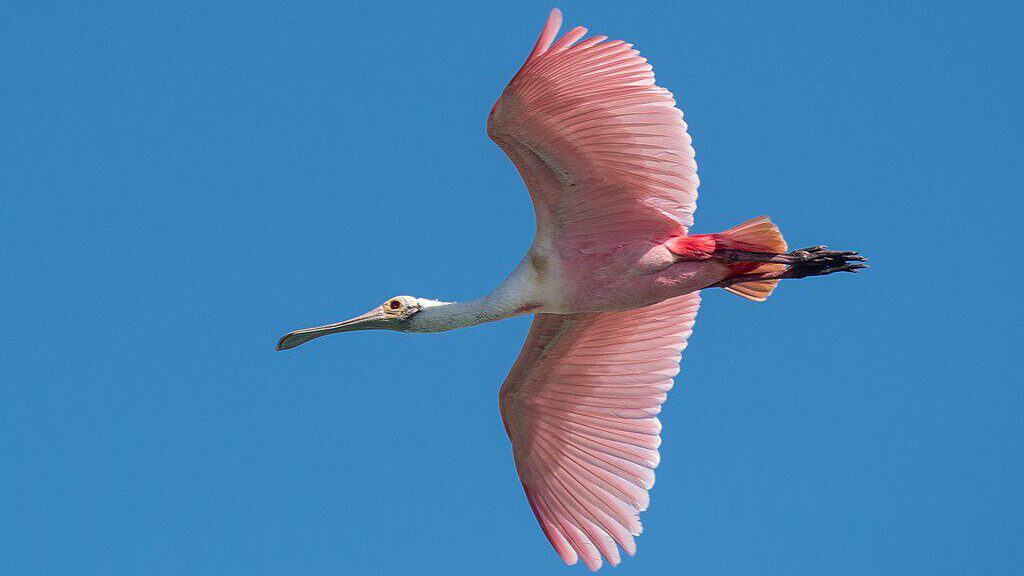
With its vibrant pink plumage and distinctive spoon-shaped bill, the roseate spoonbill (Platalea ajaja) adds a tropical splash of color to the Everglades landscape. Often mistaken for flamingos by visitors, these large wading birds obtain their pink coloration from the carotenoid pigments in the crustaceans they consume. Their specialized bills contain sensitive nerve endings that allow them to feed by sweeping their open bills side to side through shallow water, snapping shut when they detect prey like small fish, crustaceans, or aquatic insects.
Historically, roseate spoonbills were hunted nearly to extinction for their beautiful feathers during the plume trade of the early 20th century. Though populations have recovered somewhat, they remain vulnerable to habitat loss and changes in water flow. Scientists closely monitor spoonbill nesting success as an indicator of ecosystem health, particularly water quality and prey availability in coastal areas. When spoonbills abandon traditional nesting colonies or show poor reproductive success, it often signals problems with water management or pollution that may affect the broader ecosystem. Their striking appearance makes them ambassador species for Everglades conservation efforts.
West Indian Manatee: The Gentle Giant
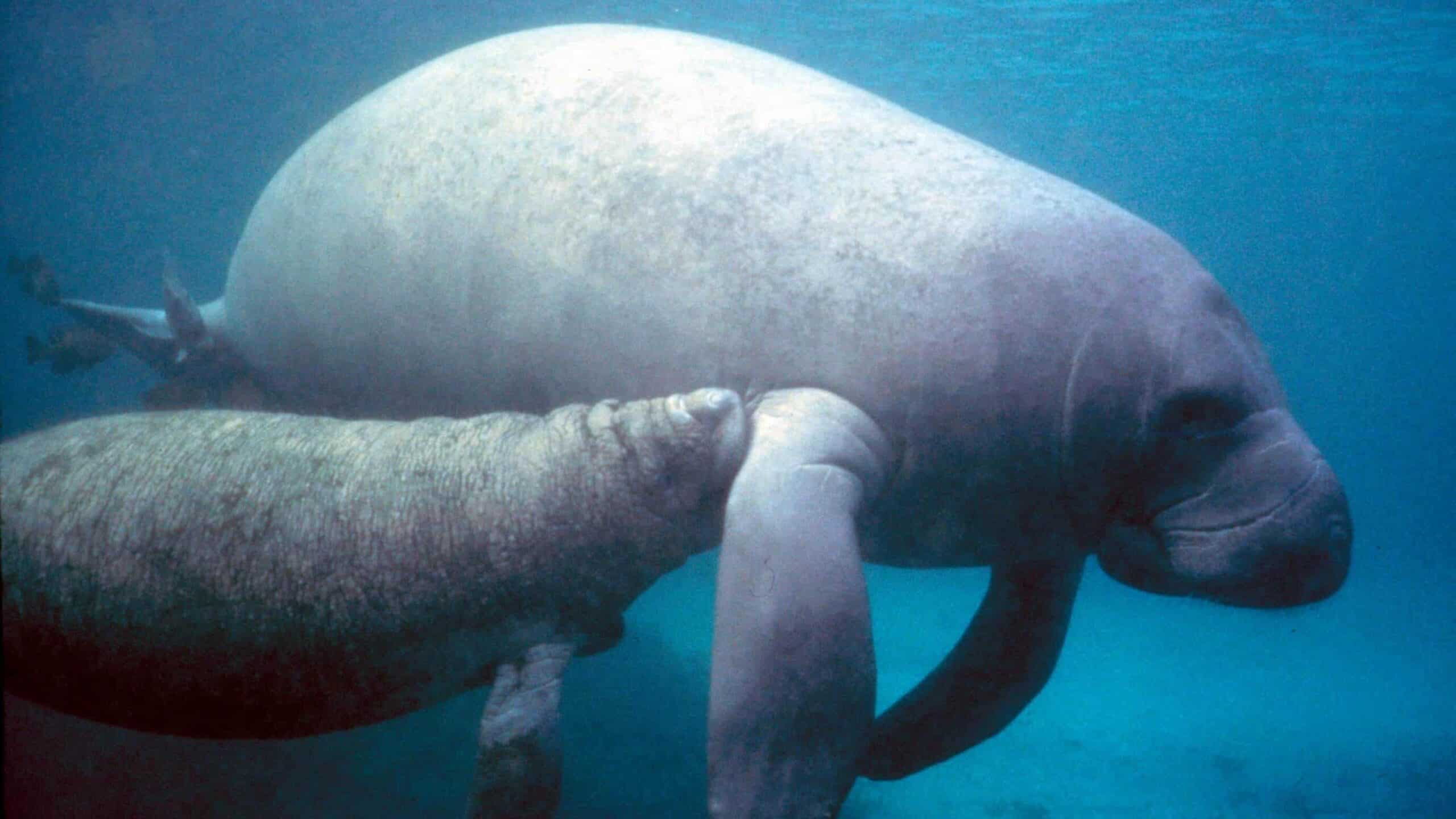
The West Indian manatee (Trichechus manatus) brings a touch of prehistoric charm to the Everglades waterways. These massive aquatic mammals, weighing up to 1,200 pounds and reaching lengths of 13 feet, move slowly through the water at 3-5 miles per hour, earning them the nickname “sea cows.” Manatees are herbivores, consuming up to 15% of their body weight daily in aquatic vegetation, which helps maintain balanced plant growth in the ecosystem. Despite their size, they possess surprisingly delicate anatomy with no blubber for insulation, making them sensitive to cold water temperatures below 68°F.
Manatees face numerous threats in the Everglades, including boat strikes, which remain their leading cause of human-related mortality. Propeller scars mark the backs of many surviving individuals. Climate change and water management also impact these gentle creatures by altering seagrass availability and water temperatures. Though downlisted from endangered to threatened in 2017, conservation efforts remain critical for their survival. Winter manatee aggregations at warm-water sites within and around the Everglades can number in the hundreds, providing researchers opportunities to conduct health assessments and population surveys. Their continued presence in Everglades waters represents both a conservation success story and an ongoing challenge.
Burmese Python: The Invasive Predator
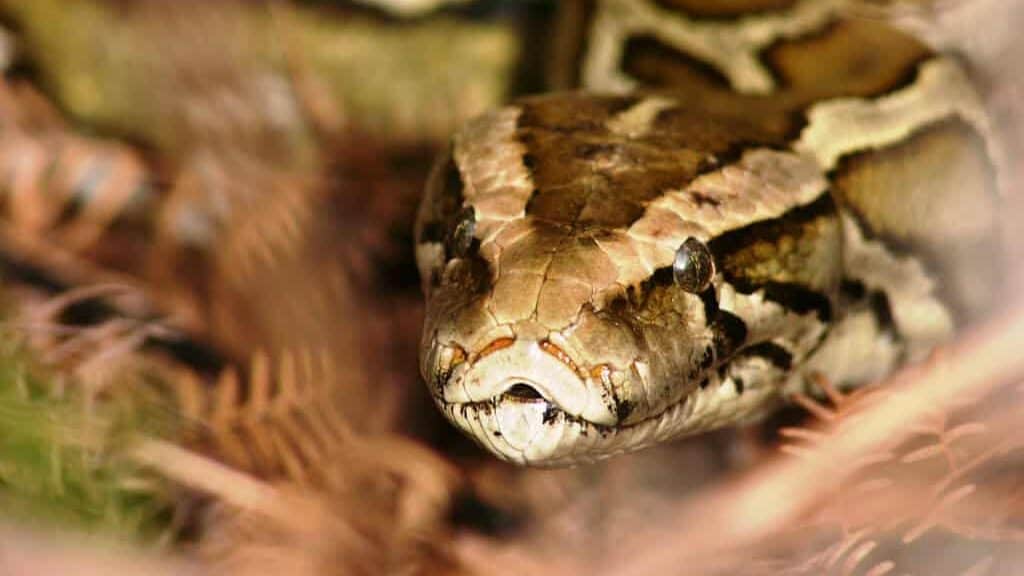
The Burmese python (Python bivittatus) represents one of the most problematic invasive species ever to enter the Everglades ecosystem. Native to Southeast Asia, these massive constrictors—capable of reaching over 20 feet in length and weighing 200 pounds—were introduced through the exotic pet trade, either through intentional releases or escapes, particularly after Hurricane Andrew in 1992. Their population exploded in the subtropical climate of South Florida, where they found no natural predators and abundant prey. Research indicates these pythons have caused devastating declines in native mammal populations, with some species reduced by over 90% in areas where pythons are established.
Controlling python populations has proven extremely challenging due to their cryptic nature, camouflage, and the vast, inaccessible terrain of the Everglades. Federal and state agencies have implemented python hunting programs, including an annual Python Challenge where trained individuals compete to remove as many pythons as possible. Scientists continue to research potential control methods, including detector dogs and genetic approaches. The python invasion demonstrates the profound ecological consequences of introducing non-native species and serves as a cautionary tale about the importance of preventing future invasions through responsible pet ownership and strong biosecurity measures.
White-Tailed Deer: The Adaptable Herbivore

The white-tailed deer (Odocoileus virginianus) has adapted remarkably to the wet conditions of the Everglades, developing behaviors and physical characteristics specific to this unique environment. Everglades deer are noticeably smaller than their northern counterparts, an adaptation that helps them navigate through wetlands and reduces their nutritional requirements. During the wet season, these deer congregate on tree islands and raised hammocks that provide crucial dry ground, sometimes swimming between these refuge areas when necessary. Their diet consists primarily of tender plant shoots, fruits, and fungi found in the region.
White-tailed deer play several critical ecological roles in the Everglades. As one of the primary prey species for the endangered Florida panther, healthy deer populations are essential for predator recovery. Additionally, deer help disperse seeds through their digestive systems, contributing to plant diversity across the ecosystem. However, their populations have faced challenges from altered water management practices that can flood their refuge areas during critical periods. Conservation efforts now incorporate deer habitat needs into water management decisions, recognizing that maintaining appropriate hydroperiods benefits not only deer but the entire food web that depends on them.
Snail Kite: The Specialist Hunter
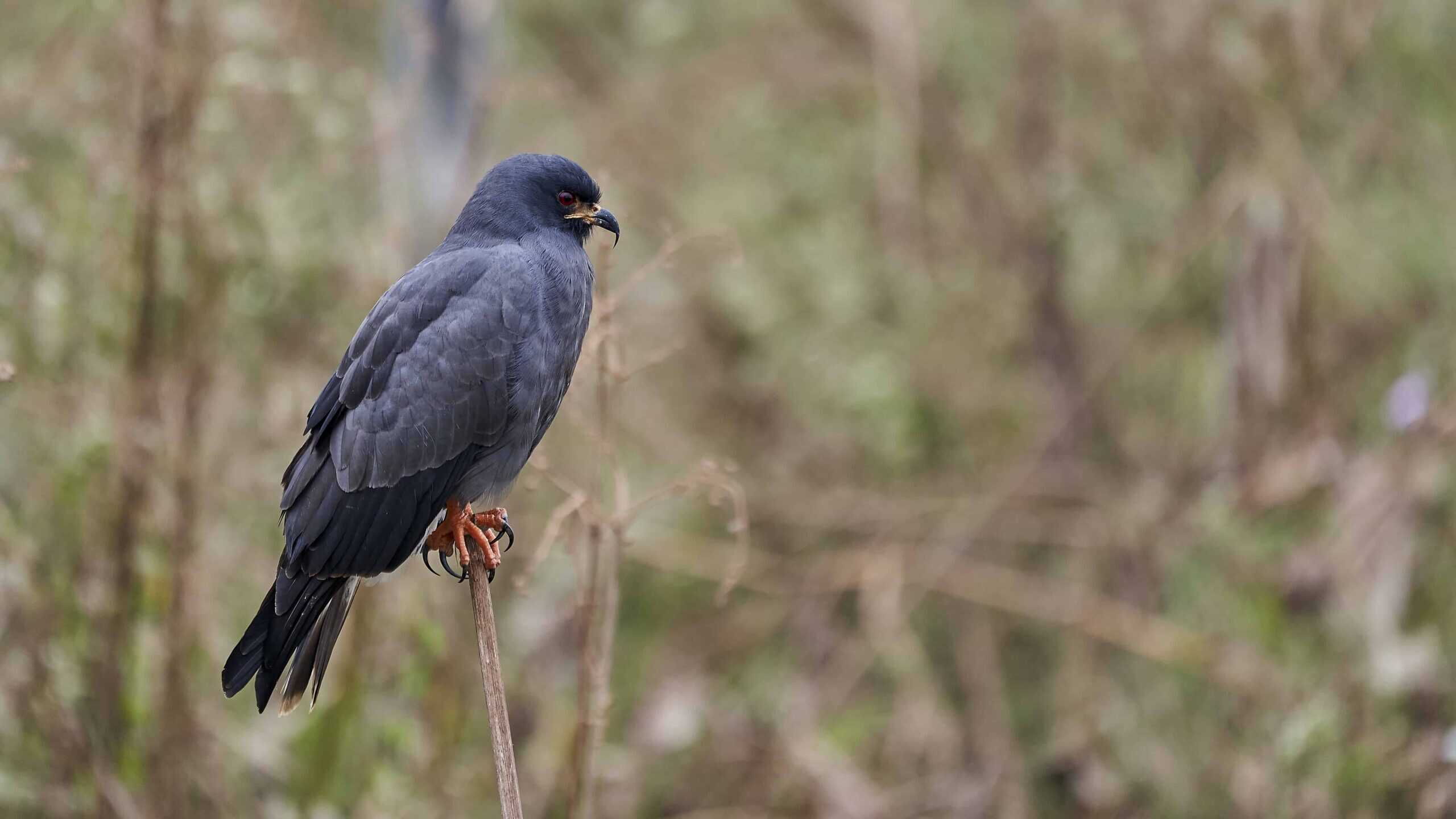
The Everglade snail kite (Rostrhamus sociabilis plumbeus) represents one of the most specialized predators in North America, feeding almost exclusively on apple snails native to the freshwater marshes of the Everglades. With slender, curved bills perfectly adapted for extracting snails from their shells, these medium-sized raptors spend their days flying low over wetlands, searching for their specific prey. Males display slate-gray plumage while females and juveniles show brown streaked patterns, both featuring distinctive white patches at the base of their tails that are visible in flight.
The fate of the snail kite is inextricably linked to water management in the Everglades. These birds require specific water conditions—not too deep, not too shallow—that support healthy apple snail populations. In recent decades, drainage and water control projects dramatically reduced suitable habitat, leading to the species’ endangered status. Interestingly, the recent invasion of larger, non-native apple snails has provided an unexpected food source, though the long-term ecological implications remain uncertain. Conservation efforts focus on restoring natural water flows and protecting critical wetland areas where snail kites nest in vegetation over water. Their highly specialized nature makes them particularly vulnerable to environmental changes, but also perfect indicators of wetland health.
American Flamingo: The Returning Icon
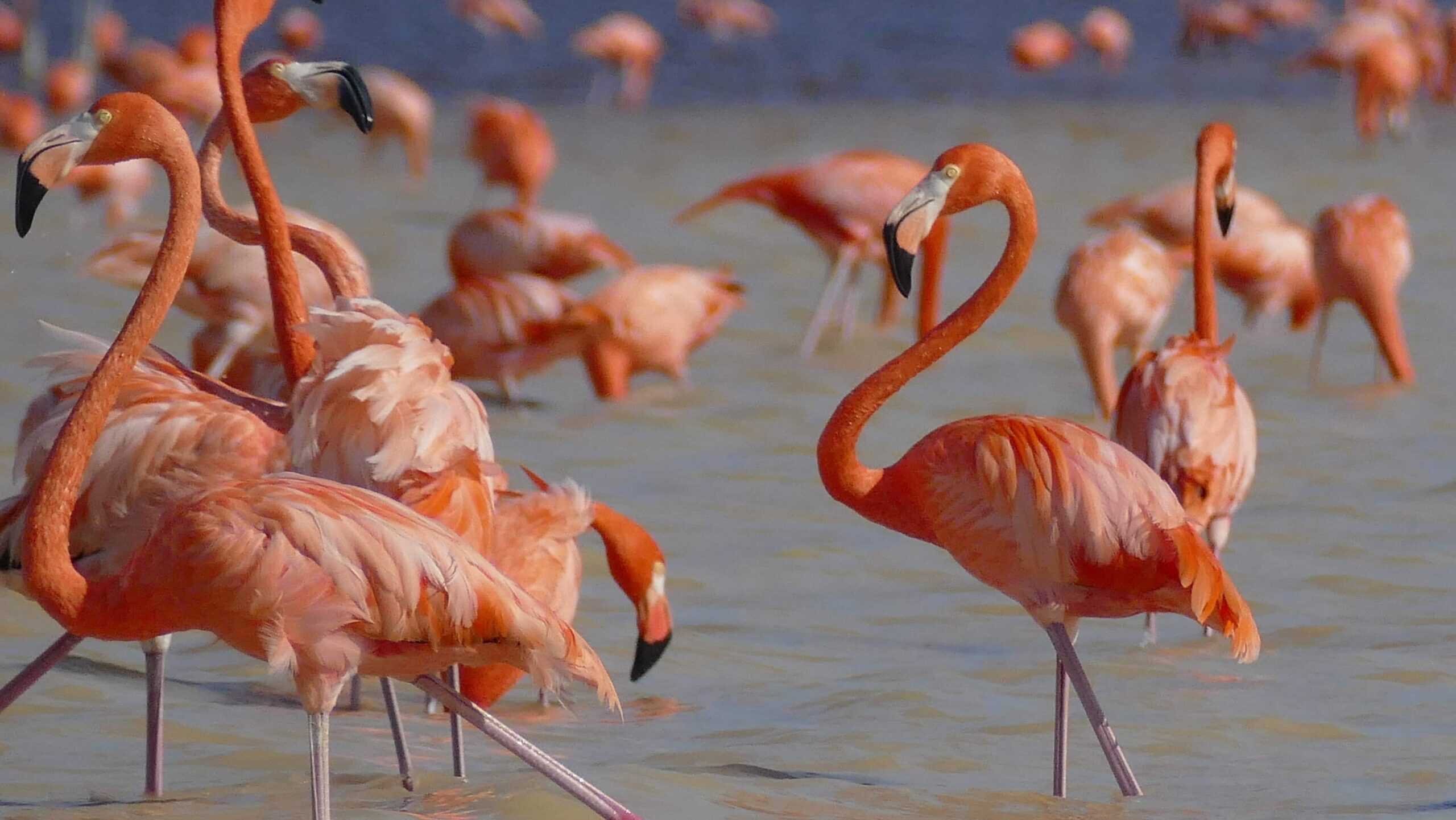
Though not commonly associated with the Everglades in modern times, the American flamingo (Phoenicopterus ruber) once graced these wetlands in significant numbers before hunting and habitat alteration caused their disappearance in the early 20th century. Historically, these vibrant pink birds formed part of the natural Everglades landscape, feeding in shallow waters with their specialized bills that filter tiny crustaceans, algae, and other organisms containing the carotenoid pigments that give flamingos their signature color. Their feeding technique involves holding their heads upside down in the water, using their tongues to pump water through comb-like structures that trap food particles.
Excitingly, flamingos have begun making a comeback to South Florida in recent years. Small flocks and individuals have been spotted with increasing frequency in Everglades National Park, Florida Bay, and surrounding areas. Debate continues among scientists about whether these birds represent true wild flamingos recolonizing their historic range or escapees from captive populations. However, genetic testing and observations of banded birds suggest at least some are indeed wild birds from Caribbean or Yucatan populations. Their gradual return represents a potential restoration success story and has sparked discussions about formal conservation efforts to support their reestablishment. If populations continue to grow, these iconic birds may once again become a regular sight in the Everglades ecosystem.
Burrowing Owl: The Prairie Sentinel
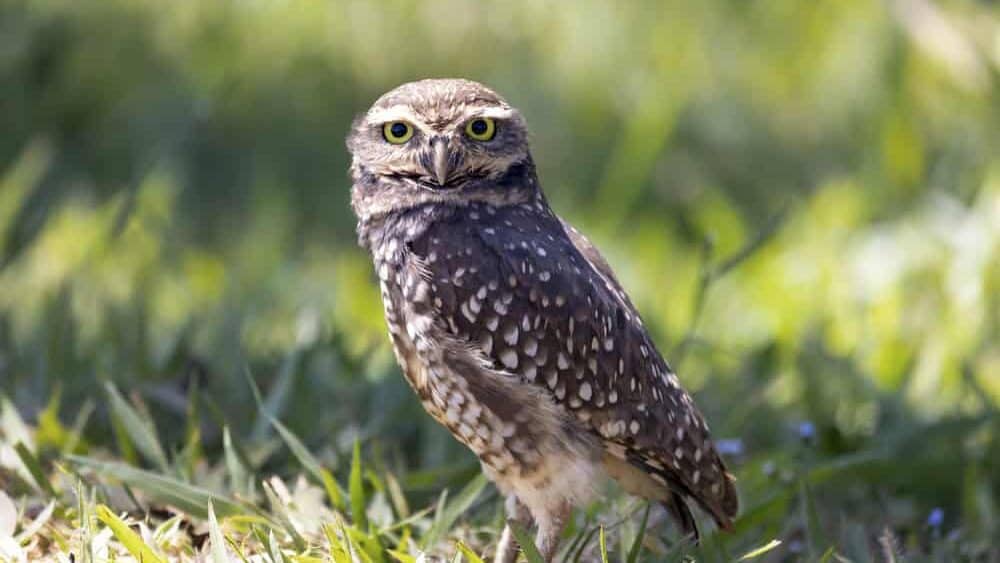
Unlike most owls that roost in trees, the burrowing owl (Athene cunicularia) makes its home underground in the drier, prairie portions of the greater Everglades ecosystem. Standing just 9 inches tall with long legs, yellow eyes, and brown-spotted plumage, these charismatic birds create their own burrows or repurpose those dug by other animals. Florida’s burrowing owls are unique in being one of the few subspecies that dig their own homes rather than relying exclusively on burrows created by other animals. Their underground nests provide protection from predators and the intense Florida heat while housing their young.
Burrowing owls play important ecological roles as controllers of insect and small rodent populations. Unlike strictly nocturnal owl species, they remain active during daylight hours, often seen standing sentinel-like at their burrow entrances. Urban development has dramatically reduced their natural prairie habitat, though some populations have adapted to nesting in vacant lots, airport fields, and other open spaces in developed areas adjacent to the Everglades. Their state-threatened status has prompted conservation initiatives including artificial burrow programs and habitat protection efforts. The presence of burrowing owls serves as a reminder that the Everglades ecosystem extends beyond wetlands to include prairie habitats that support their own unique assemblage of wildlife.
The remarkable diversity of animals that call the Florida Everglades home represents one of America’s greatest natural treasures, yet this ecosystem faces unprecedented challenges. From climate change and sea level rise to invasive species and altered water flows, human activities continue to threaten the delicate balance that supports these incredible creatures. The Comprehensive Everglades Restoration Plan, initiated in 2000 as the largest ecosystem restoration project in world history, aims to restore natural water flows while balancing the needs of the region’s human population. These efforts recognize that the health of every species—from tiny grass shrimp to massive alligators—depends on maintaining the Everglades’ intricate hydrological patterns.
Understanding the animals that inhabit the Everglades helps us appreciate what’s at stake in preserving this unique ecosystem. Each species plays a vital role in the complex ecological web, and the loss of any component ripples throughout the system. Conservation success stories like the recovery of the American alligator and wood stork demonstrate that with proper protection and management, populations can rebound. As visitors and stewards of this natural wonder, we share responsibility for ensuring that future generations can marvel at the same diverse array of wildlife that makes the Everglades truly special. The fate of these animals—and the “River of Grass” they call home—ultimately rests in our hands.
- 10 Creatures That Can Survive in the Harshest Places on Earth - August 19, 2025
- This Whale Sings in a Unique Pitch - August 19, 2025
- 10 Ways Dogs Know Their Owners Are Sick Before Doctors Do - August 19, 2025

